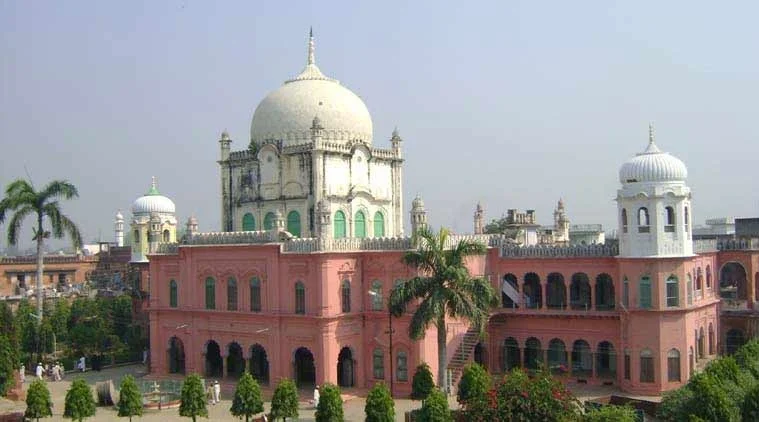Commuting and driving in, across and through Srinagar city has become a veritable nightmare. The reasons are obvious: voluminous increase in the number of vehicles plying on roads, increase in population and pressures on space and available land thereof. These general problems are compounded by the sense of entitlement driven ownership of spaces in front of shops and assorted businesses by owners and/or keepers of these stores and businesses. Parking ones vehicle in front of these shops almost amounts to a dare and invariably is won by the shopkeepers given the support accorded by other shop keepers in the vicinity. Overlaying this problem is bad car parking by car owners, erratic driving and other related issues. All in all, people suffer, on account of these problems and their own foibles, driving and parking behaviour. Given the fact that vehicular ownership will only get compounded by the day, attendant problems will only grow. The issue and the set of problems then need urgent remedial action.
The question is how?
Ideally and in theory, a prudent, effective and efficient urban design and town planning of a city should factor in all these issues and devise a template that deals with these. However, urbanization in Kashmir- especially in Srinagar- is a haphazard and chaotic, unplanned and rather random. These random themes have set the tone for urbanization in Srinagar and nothing substantive can be done to reverse it. All that is available for authorities are extant spaces and the opportunities these present plus public policy initiatives.
The obvious issue, given the constraints, for the authorities is to manage parking demand. The first step would be understood parking turnover rates in the city and the pattern of peaks and troughs in parking demand. The corollary to this would be to suss out a pattern in parking use which can be followed by a combination of remote parking facilities complemented by shuttle services to ferry commuters from remote parking facilities to their destinations. Within the Central Business District(CBD) of Srinagar and in more congested areas of the city, metered and time bound parking, say for a maximum time of 2 hours can be introduced with over use susceptible to computer generated and then monitored penalties- all tied to the traffic department and its policing systems. Last, but not the least, an effective, efficient and equitable transportation system would be a pressure valve on the city and thus provide relief to commuters and inhabitants of the city.
Critics and cynics might point out that these are too western or foreign ideas and solutions and will flounder on the rocks of reality in Kashmir. But critics would be wrong. Essentially, the thrust of these ideas and solutions is to change or alter behaviour towards salubrious ends; behaviour(s) can be changed by the right balance of incentives and punishments both to promote certain behaviours and deter others. Key is designing and institutionalizing this mix of incentives and punishments in a way that changes behaviour. This has been done in different contexts amidst different permutations and combinations with great success. The question, in the final analysis, is of will and sustaining a certain policy action. It is here rather than the general idea and its specifics that Kashmir is remiss. The issue then is eminently remediable if and when the authorities get serious and demonstrate it in word and deed. The time for this is now!
Follow this link to join our WhatsApp group: Join Now
Be Part of Quality Journalism |
Quality journalism takes a lot of time, money and hard work to produce and despite all the hardships we still do it. Our reporters and editors are working overtime in Kashmir and beyond to cover what you care about, break big stories, and expose injustices that can change lives. Today more people are reading Kashmir Observer than ever, but only a handful are paying while advertising revenues are falling fast. |
| ACT NOW |
| MONTHLY | Rs 100 | |
| YEARLY | Rs 1000 | |
| LIFETIME | Rs 10000 | |










